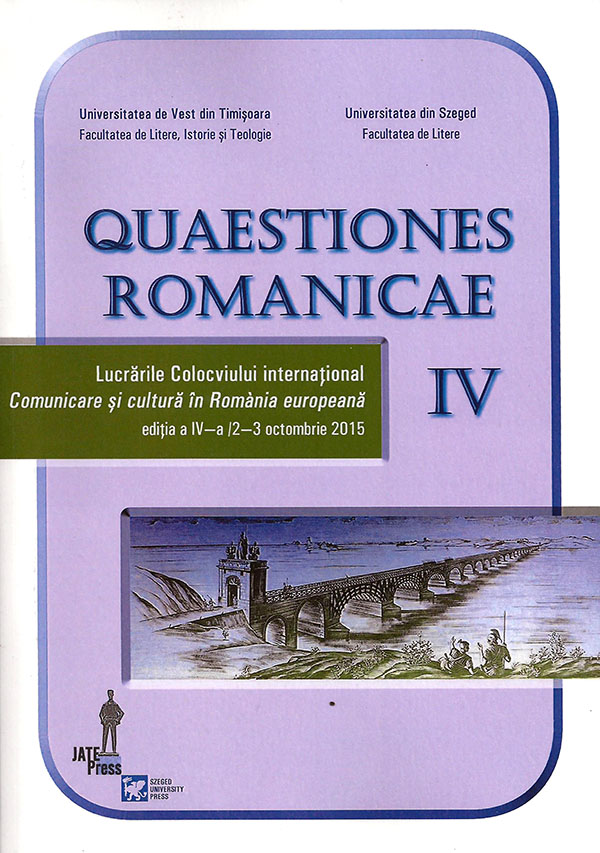Albores del pictorialismo y la écfrasis en dos estudios hispánicos de Leo Spitzer
Abstract: (Dawn of pictorialism and ekphrasis in two Hispanic studies by Leo Spitzer). Leo Spitzer (1887- 1960), Austrian Romanist and Hispanist, published between 1951 and 1955 a series of articles whose pages laid the foundations of Comparative Literature and Interart Studies. Among them, we may point out “Garcilaso, Third Eclogue, 265-271 Lines” (1952) and “Lope de Vega’s «Al Triunfo de Judit»” (1954), in which Spitzer stated two key concepts for the study of the “word-painting” in the context of the subsequent Literary criticism. While scholars located the modern definition of ekphrasis as “transposition d’art” in “The «Ode on a Grecian Urn,» or Content vs. Metagrammar” (1955), the Austrian critic had already sketched a first definition in a previous article devoted to a Lope’s sonnet. But the importance of Spitzer for the Comparative Literature and Interart Studies history is not limited, as it has been expressed by the scholars, to the bare attribution of the modern ekphrasis definition. As a result of the analyses based on the “philological circle” method, Spitzer ponders the salient features of literary Pictorialism, popularized by Jean H. Hagstrum afterwards. Such reflection is motivated by the close relationship observed between Garcilaso’s pastoral poetry and the doctrine ut pictura poesis, which is crucial for understanding the development of the Arts in the Spanish Golden Age. Thus, this article aims to pay tribute to one of the most esteemed Romanists from the last century by means of the approach to those comparatist elements introduced by Spitzer through his two landmark studies on Garcilaso and Lope.
Keywords: Leo Spitzer, pictorialism, ekphrasis, ut pictura poesis, Spanish Golden Age.
Resumen: Leo Spitzer (1887-1960), romanista e hispanista austriaco, publicó entre 1951 y 1955 una serie de artículos en cuyas páginas asentó las bases del comparatismo interartístico. Entre ellos destacan “Garcilaso, Third Eclogue, Lines 265-271” (1952) y “Lope de Vega’s «Al Triunfo de Judit»” (1954), en los cuales Spitzer enuncia dos conceptos clave para el estudio de la “pintura verbal” en el contexto de la crítica literaria posterior. Si bien los comparatistas localizan la definición moderna de écfrasis como “transposition d’art” en “The «Ode on a Grecian Urn,» or Content vs. Metagrammar” (1955), el crítico ya había esbozado una primera definición en un trabajo anterior dedicado a un soneto lopesco. Pero la importancia de Spitzer para la historia de la Literatura comparada con las artes plásticas no se limita a la mera atribución de la definición moderna de écfrasis, como han venido expresando los especialistas. En razón del método fundamentado en la aplicación del “círculo filológico”, pondera Spitzer los rasgos más destacados del pictorialismo literario, que Jean H. Hagstrum popularizará años más tarde. Dicha reflexión viene motivada por la estrecha relación observada entre la poesía bucólica de Garcilaso y la doctrina ut pictura poesis, crucial para entender el desarrollo de las artes en el Siglo de Oro. Así pues, este artículo pretende rendir homenaje a uno de los romanistas más destacados del siglo XX, con motivo del examen de los elementos comparatistas introducidos por Spitzer en estos dos estudios emblemáticos dedicados a Garcilaso y Lope.
Palabras clave: Leo Spitzer, pictorialismo, écfrasis, ut pictura poesis, Siglo de Oro.
